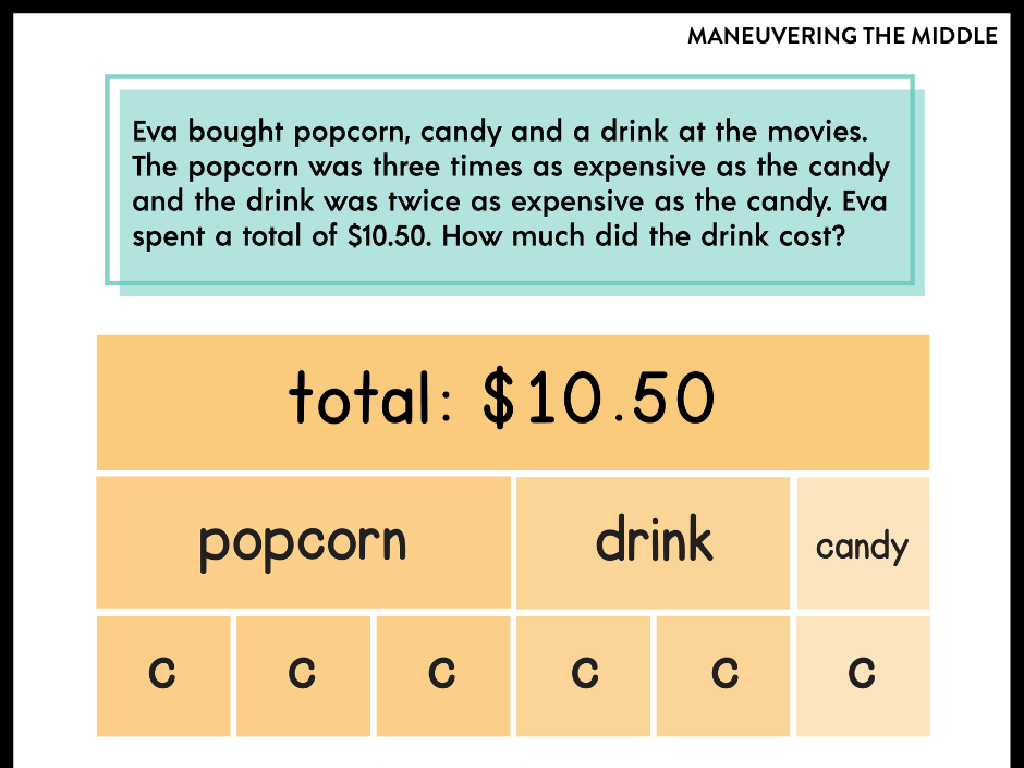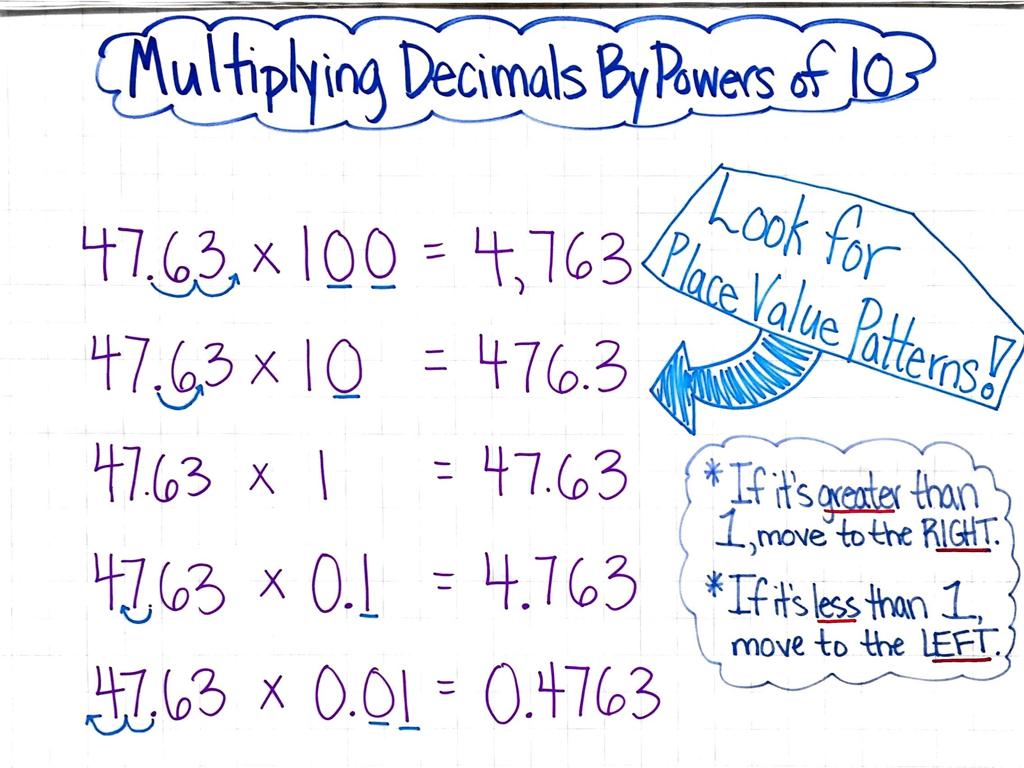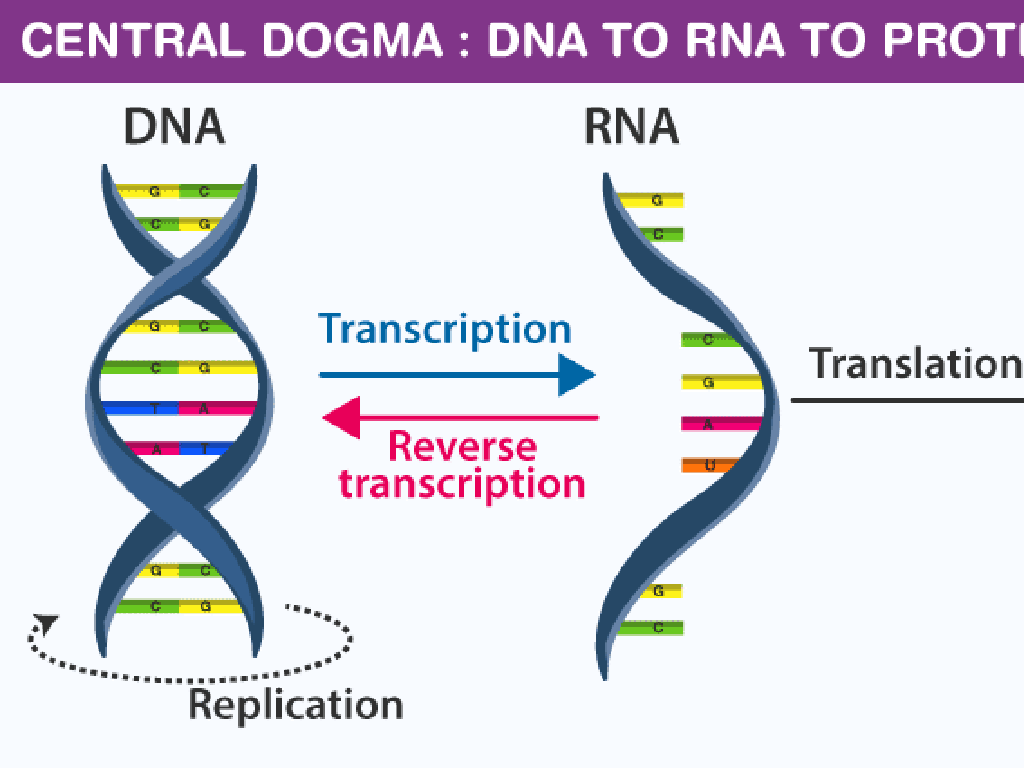Dimes And Quarters
Subject: Math
Grade: Pre-k
Topic: Money
Summary: Introduce Pre-K students to the basics of money with a fun and hands-on lesson about dimes and quarters. Children will learn to identify, compare, and count these coins while exploring their value and use in everyday life. Through interactive activities like coin sorting and counting by tens and twenty-fives, students build foundational math and money skills. The presentation also includes fun facts and take-home practice ideas to make learning memorable and engaging.
Please LOG IN to download the presentation. Access is available to registered users only.
View More Content
Welcome to Money Math: Dimes and Quarters
– Greet our little learners
– Today’s coins: dimes and quarters
– Dimes are small and worth 10 cents, quarters are larger and worth 25 cents.
– Why learn about money?
– Knowing about money helps us understand how to pay for things we want.
– Money helps us buy fun things!
|
This slide is designed to introduce Pre-K students to the concept of money, specifically focusing on dimes and quarters. Start with a warm greeting to make the children feel comfortable. Explain that a dime is a small coin worth 10 cents and a quarter is a larger coin worth 25 cents. Emphasize the importance of understanding money by relating it to something they are familiar with, like buying toys or snacks. Use real coins to show them the difference in size and value. Encourage the children to hold and examine the coins to familiarize themselves with the physical characteristics of each. This tactile experience will help reinforce the lesson.
Learning About Money: Dimes and Quarters
– Money is used to buy things
– Money includes coins and bills
– Coins and bills have different values
– Dimes and quarters are types of coins
– A dime is worth 10 cents, a quarter is worth 25 cents
|
This slide introduces the concept of money to Pre-K students. Start by explaining that money is something people use to pay for items like toys and food. Show them both coins and paper bills, emphasizing that each has a different value, which means some money can buy more things than others. Focus on coins, particularly dimes and quarters, and help them recognize each coin and its value. Use real coins for demonstration. Explain that a dime is smaller but worth more than a nickel, and a quarter is the biggest and worth more than both a dime and a nickel. Engage the students by asking if they have ever seen or held a dime or a quarter and what they could buy with them.
Meet the Dime: A Tiny Treasure
– A dime is a small, valuable coin
– Worth 10 cents each
– It’s like 10 little pennies coming together!
– Smaller size, but big value!
– 10 dimes equal 1 dollar
– If you stack 10 dimes, you have a whole dollar!
|
This slide introduces the dime to Pre-K students, emphasizing its size, value, and relationship to the dollar. It’s important to convey that even though the dime is small, it holds significant value, being worth 10 cents. Use tangible examples like comparing the dime to other coins and showing how many dimes are needed to make a dollar. Encourage the students to handle dimes if possible, to get a sense of their size and to practice counting by tens to reach one dollar. This will help them understand the concept of value in coins and basic addition.
Meet the Quarter
– A quarter is worth 25 cents
– It takes 25 pennies to make a quarter
– It’s larger than a dime
– Compare size and value with a dime
– 4 quarters equal 1 dollar
– If you have 4 quarters, you have a whole dollar!
|
This slide introduces the quarter to Pre-K students, emphasizing its value, size, and relation to the dollar. Start by showing a quarter and explaining that it is worth 25 cents, which is a quarter of a dollar. Show how it compares in size to a dime, which is smaller and worth less. Use visual aids like a dollar bill and 4 quarters to illustrate that when you put 4 quarters together, they equal 1 dollar. This helps children understand the concept of value and counting money. Encourage the children to handle actual coins to familiarize themselves with the physical characteristics of quarters and dimes.
Comparing Dimes and Quarters
– Dimes and quarters are different
– Compare size, color, and value
– Dimes are tiny and silver, quarters are larger and also silver
– Dimes are small but valuable
– A dime is worth 10 cents, less than a quarter
– Quarters are bigger and worth more
– A quarter is worth 25 cents, more than a dime
|
This slide aims to teach Pre-K students the basic differences between dimes and quarters, which are both coins used in the United States. Emphasize the physical characteristics such as size and color, which are silver for both but with noticeable size differences. Highlight the concept of value, explaining that dimes are worth 10 cents and quarters are worth 25 cents. Use real coins to show these differences if possible. Reinforce the idea that even though dimes are smaller, they still hold value. Encourage the students to handle the coins and compare them by size and feel, which will help them remember the lesson.
Counting with Dimes and Quarters
– Dimes and quarters count money
– Count by tens using dimes
– Each dime is 10 cents. 1 dime, 2 dimes, 3 dimes…
– Count by twenty-fives with quarters
– Each quarter is 25 cents. 1 quarter, 2 quarters…
– Practice makes perfect
|
This slide introduces the concept of counting money using dimes and quarters to Pre-K students. Start by explaining that dimes and quarters are coins that we use as money and that each has a specific value. A dime is worth 10 cents, and a quarter is worth 25 cents. Use visuals or actual coins to help students understand. Practice counting by tens with dimes, emphasizing the pattern (10, 20, 30, and so on). Then, move on to counting by twenty-fives with quarters (25, 50, 75, etc.). Encourage the students to practice at home with their parents or guardians to reinforce what they’ve learned in class.
Fun Facts About Dimes and Quarters
– Dime: The smallest coin
– Quarter: Has an eagle on the back
– The eagle represents strength and freedom
– Both are shiny and metallic
– Made of a mix of metals like copper and nickel
–
|
This slide is designed to introduce Pre-K students to dimes and quarters with fun facts that are easy to remember. Emphasize the size difference between the coins, with the dime being the smallest coin they will encounter. Show the students the back of a quarter and point out the eagle, discussing what the eagle symbolizes in the United States. Explain that coins are made from metal, which is why they are shiny. This can be a tactile learning moment where students can touch and see the coins to understand the concept better. Encourage the children to bring in any dimes and quarters they have at home to share these facts with their family.
Class Activity: Coin Sorting!
– Play with dimes and quarters
– Sort coins into two piles
– Make a pile for dimes, one for quarters
– Who can make a dollar?
– Use 10 dimes or 4 quarters to make a dollar
|
This interactive activity is designed to help Pre-K students recognize and differentiate between dimes and quarters. Provide a mix of coins and have the children sort them into two distinct piles based on their size and color. Once sorted, challenge the students to use their piles to make a dollar. This can be done by using 10 dimes or 4 quarters. This activity will not only help with their counting skills but also with their understanding of the value of money. Possible variations of the activity could include timing the sorting process for a fun race, having students work in teams to encourage collaboration, or using pretend coins if real ones are not available.
Money Masters: Dimes and Quarters
– Great job learning about dimes and quarters!
– Money helps us buy things we need and want
– Practice counting dimes and quarters
– Try counting with real coins or play money
– Show what you’ve learned at home!
– Share with family how you count your coins
|
This slide is a conclusion to reinforce the concepts learned about dimes and quarters. It’s important to praise the students for their effort and remind them of the practical use of money in everyday life. Encourage them to continue practicing at home with real coins or play money to solidify their understanding. Suggest that they can make a game out of it with their family or have a small ‘store’ at home where they can use their coins to ‘buy’ things. This will help them apply what they’ve learned in a fun and interactive way.





